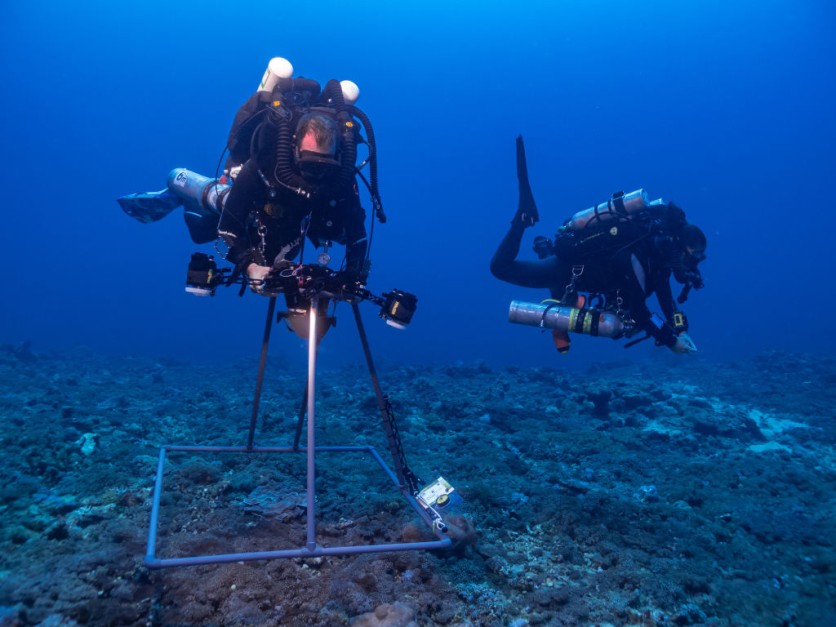Scientists have developed a new type of technology that uses quantum detection to capture 3D images while submerged underwater for the first time ever, as per a press release via Optica.
The system is known as a lidar, and it works by using a laser to measure the time it takes for light to reflect back from objects in the environment. This allows it to create detailed 3D images of objects, even in low-light and turbid conditions.

Reconstructing 3D Images in Real-time
The team of researchers from Heriot-Watt University and the University of Edinburgh in the United Kingdom successfully submerged the entire single-photon lidar system in a large water tank and were able to reconstruct 3D images in real-time using new hardware and software developments.
This breakthrough technology has numerous potential applications, including inspecting underwater installations, monitoring submerged archeological sites, and enhancing security and defense measures, according to the team.
It can also help reduce pollution and minimize the human impact on marine environments, as it allows for monitoring without the presence of humans.
The lidar system works by emitting a green pulsed laser beam that illuminates the environment.
The team uses an array of single-photon detectors to detect the reflected pulsed illumination, which allows them to detect low light and reduces measurement time in places where there is not enough light, like murky waters.
By measuring the time-of-flight with very precise timing of picoseconds, the team can distinguish tiny details of the objects in the scene, even in places with very cloudy water that would normally blur the image.
Read Also : New Chip Powers LiDAR Beam Steering-Uses Silicon Optical Phased Array for Multiple Purposes
Hundreds of Events Per Second
The lidar system uses thousands of single-photon detectors, resulting in hundreds of events per second, making it difficult to quickly retrieve and process data for real-time 3D image reconstruction, especially in highly scattering conditions.
The researchers developed algorithms for imaging in these scenarios and paired them with commonly available graphics processing units (GPUs) to address this issue.
They tested the system at three different levels of turbidity and found that it successfully imaged targets up to 3 meters away. They are now focusing on shrinking the system to make it suitable for integration into underwater vehicles, which would broaden its possible applications.
This innovative technology is a significant advancement in the field of underwater imaging, as it allows for more detailed and accurate monitoring of underwater environments.
As the technology continues to improve, it may have a significant impact on a range of industries, from energy and defense to environmental conservation and scientific research.
The study's findings were published in Optica.
Related Article : LIDAR Discovers Hidden Ancient Amazon Civilization-Unknown Structures Dating Back To 1400 AD





